Bhutan is a country in south-central Asia located on the Himalayan’s eastern slopes. Bhutan, which had previously been a distant kingdom, became less isolated in the second part of the 20th century, and the pace of change began to intensify. Bhutan is commonly known as the land of thunder dragon or peaceful dragon. Bhutan achieved international fame in the 1970s with Gross National Happiness, a broad measure of overall well-being that’s preferred more than the traditional statistic of gross domestic product, which only covers the production of goods and services, even those that make us unhappy.
The land of Peaceful Dragon
1.Bhutan Country
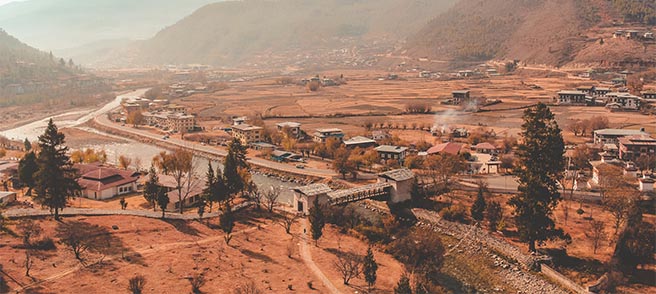
Bhutan is a tiny and secluded country nestled in the Himalayas between India and China, two of the world’s most powerful countries.
It has endeavored to bring in aspects of the outside world while fiercely maintaining its ancient customs, despite being almost completely blocked off for generations.
Bhutan’s name, Druk Yul, translates to “Land of the Thunder Dragon,” It was only in the 1970s that it began to open up to outsiders.
Since 1907, the Wangchuck hereditary monarchy has ruled.
However, following elections in March 2008, Bhutan became a two-party parliamentary democracy. Although Bhutan is a developing country, it has 65% of the land under forest cover, making Bhutan one of the two carbon-negative countries globally.
2. The King of Bhutan-Jigme Khesar Namgyel Wangchuck

After the Great Fourth King of Bhutan abdicated his throne on December 9, 2006, the current King of Bhutan became the monarch. In November 2008, an official public coronation ceremony was held. Bhutan celebrated its 100th year as a monarchy in 2008. He is the eldest son of Bhutan’s fourth king. He has three half-sisters and three half-brothers, as well as a younger sister and brother.
He completed the Foreign Service Programme and studied International Relations at Oxford University in the United Kingdom.
In Bhutan, polygamy is legal, and the previous King of Bhutan has four wives. Despite this, Bhutan’s current King has pledged not to follow in his father’s footsteps. King Jigme Khesar Namgyel Wangchuk is the people’s King and He is always there for the people of Bhutan especially when they need him the most.
His Majesty steers Bhutan out of danger as world reels in Covid-19
3. Language of Bhutan
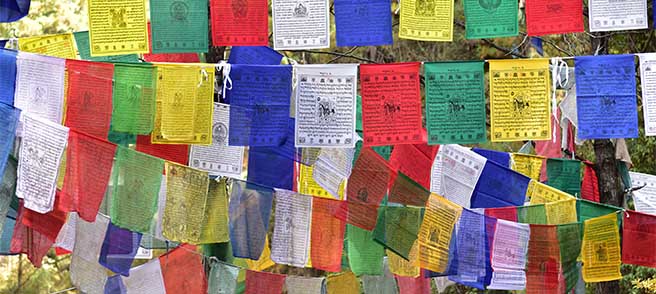
Bhutan has a diverse linguistic landscape, with over nineteen dialects spoken. The Country’s natural setting, with its high mountain passes and deep valleys, is responsible for its linguistic diversity.
These physical factors required the Country’s residents to live in seclusion, but they also helped them survive.
Dzongkha, the native language of the Ngalops of Western Bhutan, is the national language of Bhutan. The language was initially spoken in the Dzongs; huge fortifications that serve as administrative hubs and monasteries.
The Tshanglakha and the Lhotshamkha are two more important languages. Tshanglakha is the native language of the Tshanglas in Eastern Bhutan, while Lhotshampa is the native language of the Nepalese in Southern Bhutan.
Khengkha and Bumthapkha are two different languages spoken by the Kheng Pas and Bumthap people of Central Bhutan. Mangdepkah, which Trongsa residents speak, and Cho Chang Nga Chang Kha, which Kurtoeps speak.
In southern Bhutan, the Sherpas, Lepchas, and Tamangs all speak their distinct languages.
4. Tourism in Bhutan
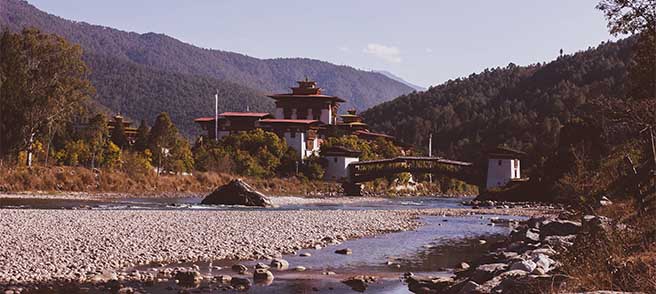
Bhutan tourism began in 1974 when the government of Bhutan opened its isolated Country to outsiders to raise cash and showcase Bhutanese distinct culture and traditions. The Kingdom of Bhutan, the Country of the peaceful dragon, received 287 tourists in 1974. The number of tourists visiting Bhutan increased considerably from 2,850 in 1992 to 7,158 in 1999. Tourism generated almost $2 million in annual earnings by the late 1980s.
Despite its openness to foreigners, the Bhutanese government is very conscious of the environmental damage tourists might have on Bhutan’s distinctive and almost untouched scenery and culture. As a result, we have had limited visitor activities from the beginning, preferring higher-quality tourism. This policy was initially referred to as “high value, low volume” tourism. In 2008, it was dubbed “high value, low impact,” which was “a small but substantial alteration.” While the small number of visitors ensures the low impact, it is not necessary to be wealthy to visit Bhutan but those that appreciate the value offered and know why they want to come to Bhutan are the ones who do.
During the peak season, a daily fee of US$ 250 per person per day is enforced, and a price of US$ 200 per person per day is applied during the low season – it is an all inclusive trip to Bhutan. Signaling that the administration was willing to accept more tourists while preserving “cultural and environmental” values. In 2005, a paper titled “Sustainable Tourism Development Strategy” put increased focus on growing tourist numbers by promoting Bhutan as an exotic niche destination appealing to conscious travelers using the country’s culture and environment.”
5. Bhutan Economy
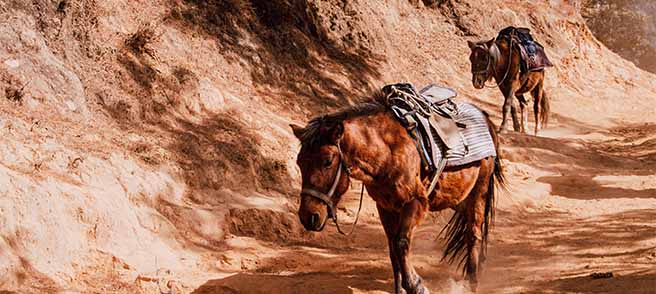
Agriculture and forestry constitute the main source of income for more than 60% of Bhutan’s people, making it one of the world’s smallest and least developed countries. Subsistence farming and animal husbandry make up the majority of agriculture. Rugged mountains dominate the landscape, making road and other infrastructure construction difficult and costly. Bhutan’s economy is inextricably linked to India’s due to extensive commercial and monetary ties and reliance on Indian financial aid. Bhutan’s economy also depends on Bhutan tourism. The majority of industrial production is of the cottage industry variety. The majority of development projects, such as road construction, rely on migrant labor from India. Multilateral development organizations are assisting in the implementation of model education, social, and environmental projects.
The government’s desire to conserve the Country’s ecology and cultural traditions is reflected in each economic program. For example, the government encourages affluent, ecologically conscious travelers to visit due to its cautious expansion of the tourist sector. Foreign investment continues to be hampered by precise controls and ambiguous rules in sectors such as industrial licensing, trade, labor, and finance. Bhutan’s overall growth has been supported by hydropower exports to India, even though GDP declined due to the pandemic.
6. Bhutan GDP

Bhutan is a tiny and secluded country nestled in the Himalayas between India and China, two of the world’s most powerful countries. It has endeavored to bring in aspects of the outside world while fiercely maintaining its ancient customs, despite being almost completely blocked off for generations. Bhutan is one of the world’s smallest and least developed countries.
Bhutan economy is based on agriculture and forestry, which provide the main livelihood for more than 60% of the population. Bhutan’s economy is closely aligned with India’s through strong trade and monetary links and dependence on India’s financial assistance. Bhutan tourism is one of the main income sources of Bhutan.
If you enjoyed reading about Bhutan, find out why Bhutan is special. Click the link here: https://www.drukheritage.com/bhutan-the-secret-to-happiness/
7. Religion in Bhutan
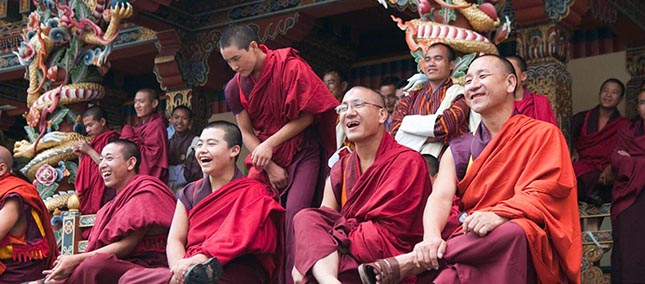
Bhutan’s official religion is Tibetan Buddhism, which is followed by 75% of the population. Bhutan’s constitution declares it to be a Buddhist country, and Buddhism plays a significant role in the country.Bhutan’s cultural legacy and people’s identity are both shaped by Buddhism. The King has promised religious freedom. The Drukpa Lineage of the Kagyu school, the Nyingma school of Tibetan Buddhism, or another school of Buddhism are followed by around 75% of the population of 770,000. Hinduism is practiced by nearly 23% (22.6%) of the population, mostly Lhotshampas.
8. Gross National Happiness
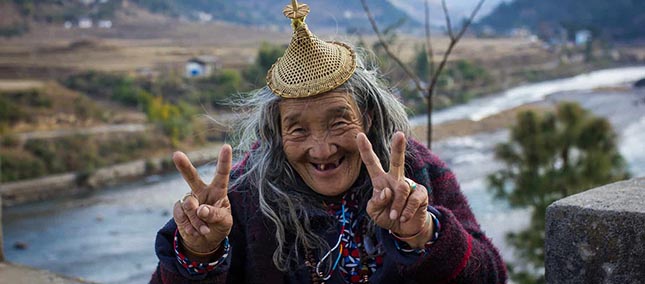
Gross National Happiness (GNH) is a holistic way to measure Bhutanese happiness and well-being. It is a tool for policymakers to use in order to enhance GNH.
GNH’S FOUR PILLARS:
Good Governance, Sustainable Socio-economic Development, Preservation and Promotion of Culture, Environmental Conservation
The four pillars are further divided into nine domains, which describe the many aspects of GNH in greater depth and serve as the foundation for GNH measurement, indices, and screening tools.
THE NINE DOMAINS: Living standards, Education Health, Environment, Community, Vitality, Time-use, Psychological well-being, Good Governance, and Cultural resilience and promotion.
These 9 categories show that, from the perspective of GNH, numerous interconnected factors have a role in establishing the conditions for Happiness.


